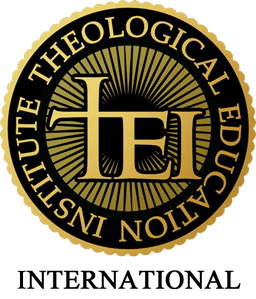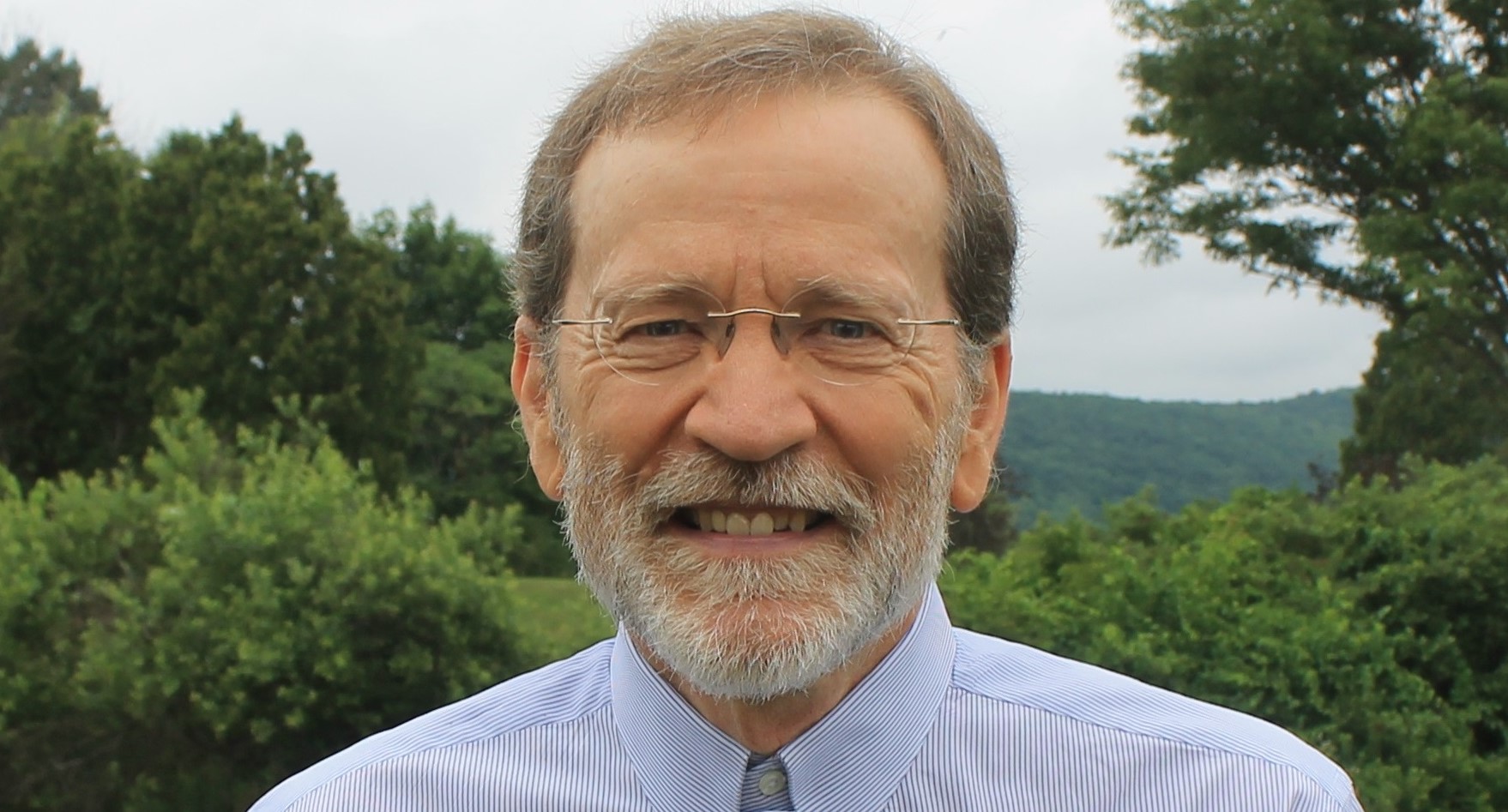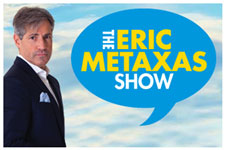Notes on the Sociology of Religion: European Christendom (24)
John C. Rankin (2010)
[Crossing]
- History of state established churches in Europe, even as split roughly north-south by the Reformation.
- Examples of Poland, Northern Ireland and Sweden, where despite differences, cultural religion divides from active faith, where hollow traditional vestiges gain strength.
- Poland.
- History of strong traditional Catholicism, distinct from most of the rest of Europe.
- Devastation of WW II including the evisceration of Europe’s largest Jewish population; then subsequent rule of despised Communists.
- Greater freedom given to Roman Catholic Church in Poland to siphon antagonism toward Communist Party.
- Historically dynamic religious/political alignment of Pope John Paul II (the “one Pole” who changed the world) with Solidarity Movement, aided by support of two Protestant political leaders, Reagan and Thatcher. “Religious” and “Family Catholics” in the divide of opinion of Church’s involvement in public life.
- Grateful for the support of the Vatican, yet with the planting of representative government, where “some three-quarters of the population agree that Catholicism is a major pillar of society and have no objection to religion in the schools – a majority believe that the Church ought to stay out of politics” (p.42).
- Roman Church maintains “leading position in the state among denominations of equal rights” (ibid), thus open to analogy of Animal Farm’s conclusion.
- Northern Ireland.
- History of tensions with dominance of English Protestantism, in contrast with majority of Catholicism in the south; now Catholics in the north are growing, from 25 percent in 1921 to 40 percent presently.
- Violence and terrorism, with 3500 deaths from 1969-1994, originating in Catholic antipathy toward English influence; Catholic Republicans v. Protestant Unionists.
- Quite largely a political fight using religious identities as justification proxies – culturally dominant identities in religion, not spiritual priorities.
- Not a dispute between educated Protestant and Catholic clergy, but between less educated clerics and laypeople; also between ethnic elements with economic concerns always simmering.
- 1998 peace accord with solid progress, but still underlying tensions able to flare up.
- Sweden.
- 1523 early reformational establishment of Lutheranism as state church.
- From 1781 to 1860, lessening of grip as religious tolerance, then freedom increases, but not fully, as those who left the Lutheran Church had to leave it for another state-recognized Christian faith.
- In 1951, full freedom in place, but not until 2000 was the constitutionally Lutheran nature of Sweden abolished.
- “Today, Sweden’s religiosity falls at the bottom of virtually every ranking of the world’s industrialized nations” (p. 55).
- “Sweden may be one of the few societies in the world whose civil religion bears little relation to its conventional religion. Instead the nation’s most sacred sense of itself is organized far more around its commitment to democratic welfare liberalism” (p. 56). From one state religion to another…
- Working with diagnostic assumption of post-Cold War paradigm of political plus EMC (economic, military, communication) + religion.
- In section of Chapter 5 (pp. 138-163), focus on contemporary Europe and growth of European Union.
- Four European religious-cultural settings – 1) Protestant north, 2) Catholic south, 3) mixed (e.g. Germany), and 4) lacking/secular (France, Belgium, Netherlands, England partially).
- Other model based on watersheds (Michael Emerson): 1) Rhine (northwest) = Germanic, Latin and admixture of Protestant-Catholic; 2) Rhone (southwest) = Latin and Catholic; 3) Volga (northeast) = Slavic, Turkic; Orthodox, Islamic; and 4) Danube (southeast) = Turkic, Slavic, Latin; Islamic, Orthodox, Catholic.
- In other words, natural political, religious, cultural and migratory realities that diffuse and interface, yet with pockets of purer identities – a worldwide phenomenon despite different geographical sizes.
- History of wars in Europe, with sloppy political and religious interface, and post-Westphalian energy, gathering speed post-WW II, for European unity, and thus, the European Union.
- Debate over EU Constitution to excise mention of God or Christianity, favoring the language of the secular Enlightenment over and against the theological assumptions of the Reformation, and too, Roman Catholic realities prior to and subsequent to the Reformation.
- Affect of religion in modern Europe in three contexts – 1) political party identification, where cultural identity defines it, 2) immigration, especially Muslim, and 3) education, with uneasy standoffs with historical church influences.
- In Muslim tensions in Austria, “Christians least observant in religious practices are the most xenophobic” (p. 147); greater freedom for Islam in U.K. compared with France; power of state church in Germany in terms of supporting religious establishments via tax dollars; Dutch explosion over Islam, e.g. Theo Van Gogh and Ayaan Hirshi Ali; in Italy, Spain and Portugal, still need for anticlericalism in the minds of many.
- Orthodox-Catholic tensions in Russia; post-Cold War, post-Communist realities of Protestant missionaries; Putin reality of clamping down on religious liberty in favor of Orthodox Church as a political bedfellow for increasing authoritarianism.
- Weakening of religion in West, save the U.S.; “the Western political-religious dynamic [is] analogous to that of riding a motorcycle [not just a bicycle in disequilibrium] at full throttle without brakes or helmets while two riders (U.S., E.U.)” jostle for control.
###


